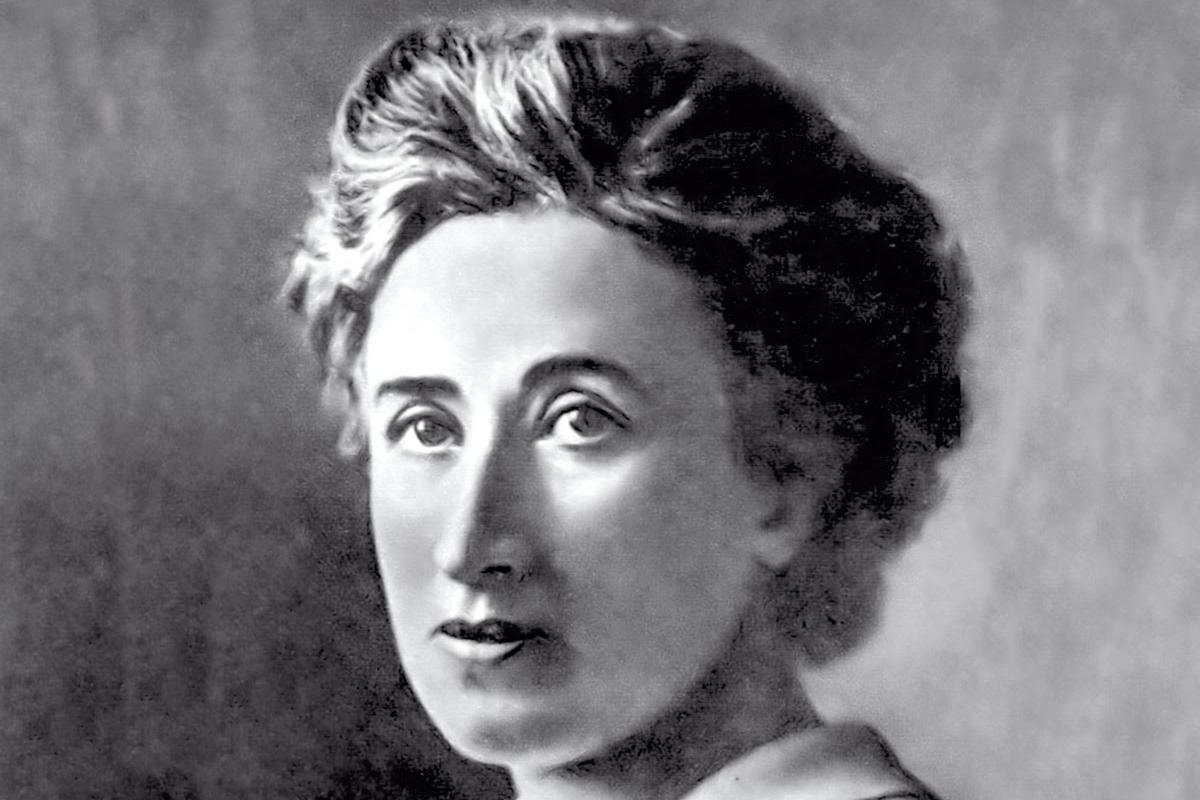Iain Dalton, Leeds Socialist Party
On 15 January 1919, two key leaders of the German working class and the German Communist Party were murdered by soldiers.
The cold-blooded killings of Karl Leibknecht and Rosa Luxemburg represented an attempt to behead the German revolution.
Klaus Gietinger’s newly translated book (originally published in German in the 1990s) attempts to unpick the conspiracy of army and naval officers and the government responsible for both deaths, but particularly that of Rosa Luxemburg, whose real killer was never brought to justice.
Gietinger’s method is somewhat like peeling back the various layers of an onion, prying into each stage of the cover-up, from early attempts to evade justice through a rigged military court, to a prison escape by one the people convicted (not of murder, but of ‘lesser’ crimes such as ‘disposing of a corpse’).
As well as legal action aimed to prevent the screening of a TV film about the events that came very close to the truth.
What is revealed is the very serious threat to their attempt to stabilise German capitalism that senior figures believed that Luxemburg and Liebknecht posed.
When they got their hands on them, they were not going to pass up an opportunity to dispose with them.
Naturally, those senior figures found subordinates to do the dirty work, but also went to great lengths to protect them.
As one would suspect, these figures were generally held in high regard by Hitler’s Nazi regime, but also by the representatives of the post-war West German state as well – indicting those proponents of ‘liberal’ capitalism too.
Gietinger’s research documents the various threads between the conspirators well, particularly through interviews and correspondence of one of the main conspirators, Captain Waldemar Pabst, who directly ordered the murders.
But he also details how capitalist figures helped finance such repression. What’s more, he explains how the key leaders of the German Social Democratic Party government at the time were complicit in the murders and the cover-ups afterwards, particularly Gustav Noske, who appointed himself the ‘bloodhound’ of the counter-revolution.
He helped establish the reactionary Freikorps militias. Many of those involved went on to be involved in the Nazi party.
This isn’t the book to read if you want to know more about the ideas of Luxemburg and Liebknecht, but it does reveal the sheer brutal lengths that the capitalists and their ‘armed bodies of men’ will go to protect their system.









